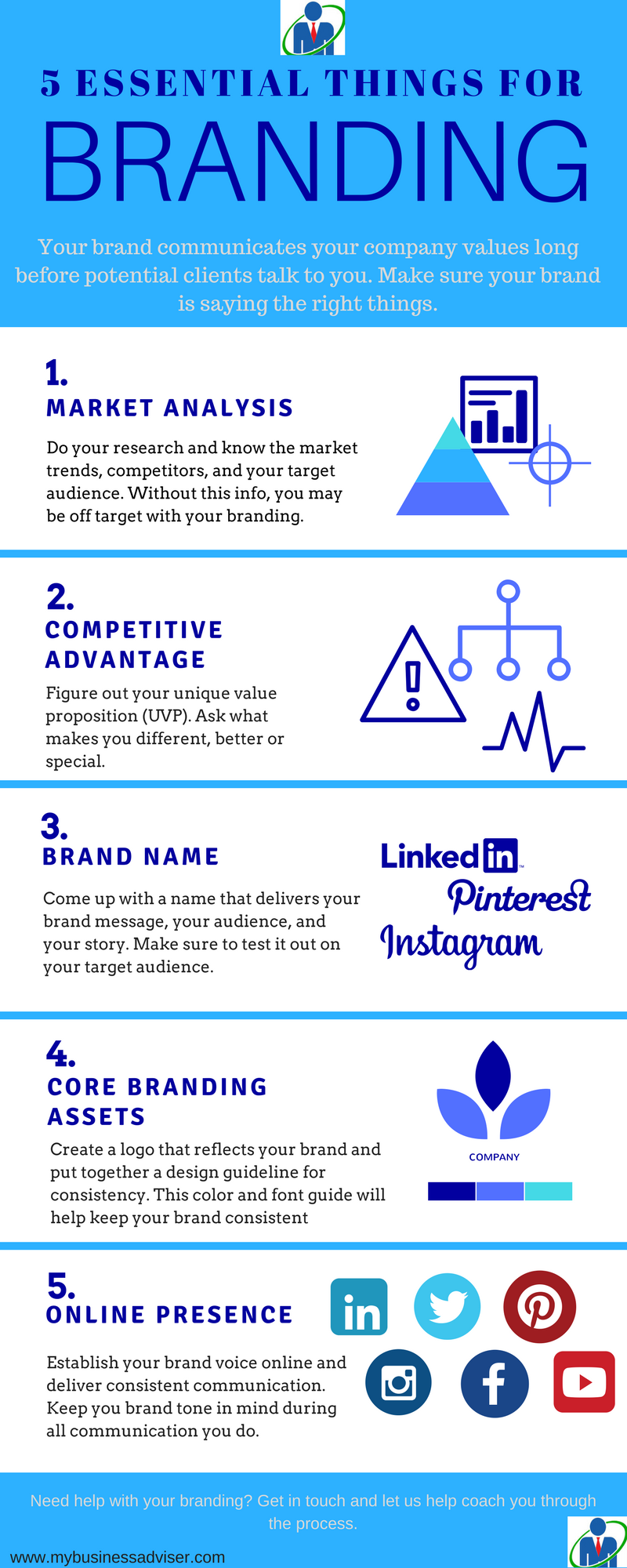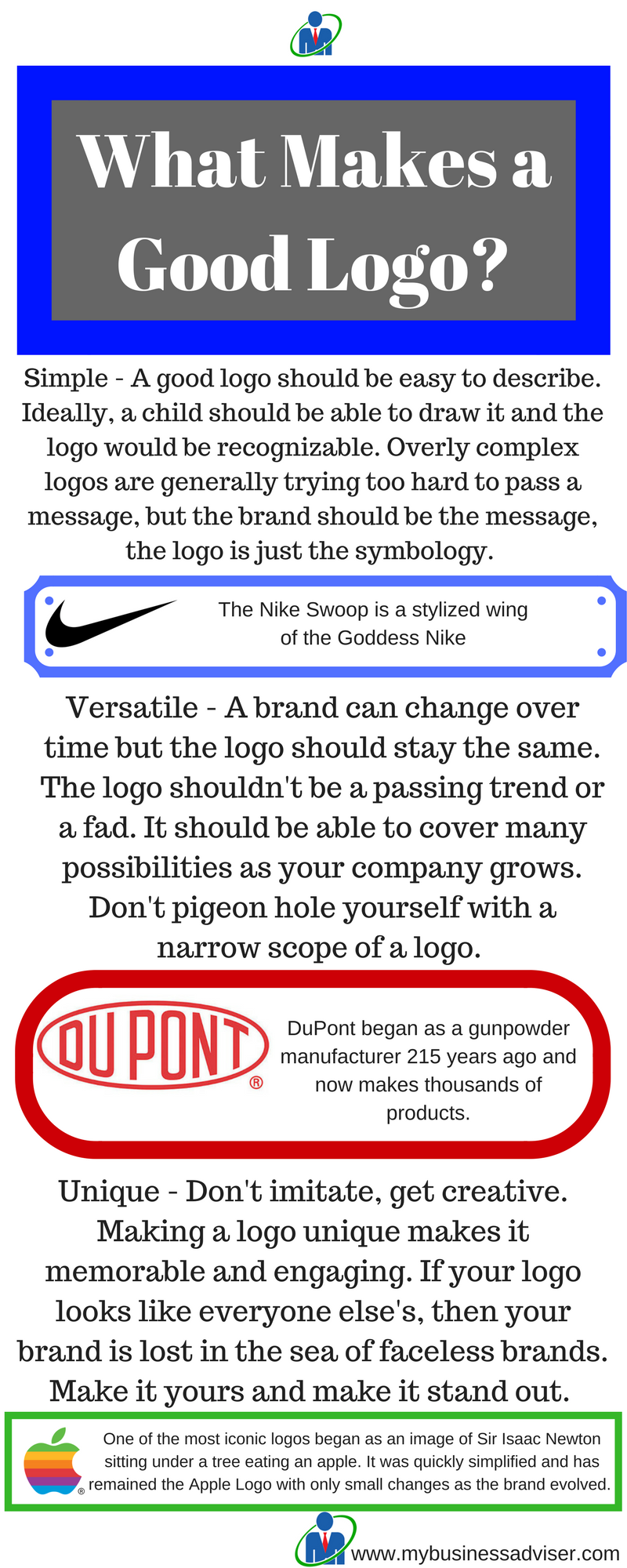I have heard it said many ways, that you cannot grow unless you leave your Comfort Zone. I call BS once and for all. I know for a fact you can grow and develop while staying quite snug and safe in your Comfort Zone. I think it can be damaging to some people to be forced out of their comfort zone for the sake of growth and short-sighted to believe those who stay in their comfort zone can’t grow. So let’s explore this a little deeper.
What is a “Comfort Zone”?
It’s a place, situation or state of being where you feel safe, at ease and not stressed. This is typified by the image of sitting at home, in your favorite chair snuggled in a warm soft blanket. Everyone is different and people can feel safe in many types of situations. Some love to be surrounded by people, others prefer to be alone. It really depends on your own life experiences as to where you feel the safest. In the business world the comfort zone generally is described as the work and tasks you feel most comfortable with and you have the most skill at. Whenever you are at ease while working is your comfort zone.
So why does everyone say no growth occurs inside your comfort zone?
Doing new things can be scary and usually it is a learning experience. When we are in the comfort zone we are rarely trying new things and therefore it is assumed we aren’t learning. The thinking goes that change and growth must accompany risk and risk is being outside our comfort zone.
It’s a Myth!
I say it’s a myth, that we can grow inside our comfort zone. Are you comfortable reading? Reading creates growth and even reading new things is rarely outside our comfort zone. If we are going to try new things, read about them first, that reduces the stress and anxiety new things can cause. If it’s still scary, read more. Keep exploring the subject until you are an expert before you even try it for the first time. You have permission to be comfortable trying new things. This may not work for everything but it can work for most of the things we do in the business world. It’s slower, maybe even less efficient but it keeps us in our comfort zone as we explore new things. We can also make changes incrementally, changes so small that they don’t cause us stress. If we keep making those changes we will eventually get to where we want to be. Manufacturers use this all the time. They can’t afford a big change so they make hundreds of small changes over time until the same result is achieved.
Why is growth within our comfort zone important?
For some of us, running around outside our comfort zone is fine. We exist on the edge and love taking chances. Others hate going outside the comfort zone and just the thought of it paralyzes them. So that’s the main reason. Small changes within the comfort zone are better than no changes because of fear. Even those who love being outside the comfort zone need a break but they refuse to quit improving. Growing inside the comfort zone is a great option for them as well. Moving forward and giving yourself a break at the same time.
So there you have it. Don’t let the myth of the comfort zone hold you back. Grow, change and improve inside or outside your comfort zone, what ever way suits you best.



